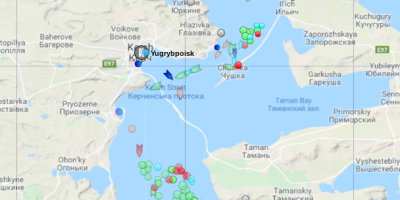
Tag: Naval
12 Posts

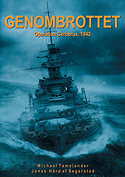
Review: Genombrottet – Operation Cerberus, 1942
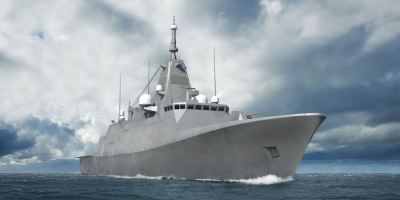
Further Developments of Squadron 2020

Lectures in Kokkola – Frisk goes Live!
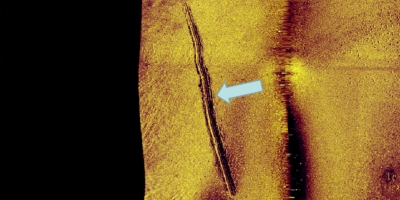
Red October Revisited – Yes, there was a foreign submarine
The Navies of the Baltic Sea

Red April – The Harmaja Subhunt
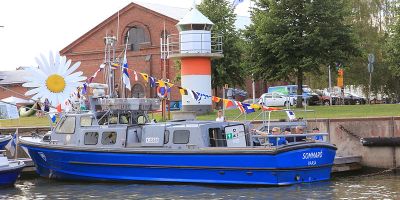
The Finnish Naval Reserve – Blue Hulls and Expanded Ambitions
Blog Posts, Finland, Politics, Sweden
